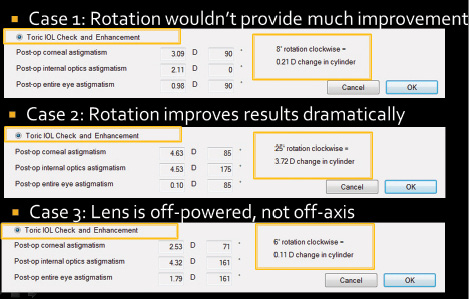

Although rACC has strong anatomical connections with anterior insular cortex (AIC), amygdala, prefrontal cortex and striatal brain regions, it is unclear whether the functional connectivity of rACC with these regions changes when regulating emotional processing. Heller, Wendy Miller, Gregory A.Ībstract The rostral-ventral subdivision of the anterior cingulate cortex (rACC) plays a key role in the regulation of emotional processing. PMID:22905321ĭifferential functional connectivity of rostral anterior cingulate cortex during emotional interference As spinal surgeons and institutions become more cost conscious, we will have to account for the “value added†of these increasingly expensive graft constructs. Conclusion: Iliac crest autograft utilized for single or multilevel ACDF is associated with the highest fusion, lowest complication rates, and significantly lower costs compared with allograft, cages, PEEK, or other grafts. 2011 unpublished) revealed a much higher delayed fusion rate using allografts at one year 55.7%, 2 years 87%, and four years 92%.

Although many allograft studies similarly quote 90%-100% fusion rates (X-ray alone confirmed at 6-12 postoperative months), a recent “post hoc analysis of data from a prospective multicenter trial†(Riew KD et. Results: The majority of studies document 95%-100% fusion rates when iliac crest autograft is utilized to perform single level ACDF (X-ray or CT confirmed at 6-12 postoperative months). safety/efficacy, risks/complications, costs). While most studies have focused on fusion rates and clinical outcomes following ACDF, few have analyzed the “value-added†of these various constructs (e.g. Methods: Although single or multilevel ACDF have utilized iliac crest autograft for decades, the implant industry now offers multiple alternative grafting and spacer devices (allografts, cages, polyether-etherketone (PEEK) amongst others). The “gold standardâ€, iliac crest autograft, may still be the best and least expensive grafting option it deserves to be reassessed along with the pros, cons, and costs for alternative grafts/spacers. The novel toriCAM application is able to significantly improve the accuracy of reference marking for both freehand and slit-lamp methods.Iliac crest autograft versus alternative constructs for anterior cervical spine surgery: Pros, cons, and costsīackground: Grafting choices available for performing anterior cervical diskectomy/fusion (ACDF) procedures have become a major concern for spinal surgeons, and their institutions. Comparison of the freehand and slit-lamp methods did not show any statistically significant difference in accuracy at both time points. This improvement was also noted separately in the freehand and slit-lamp groups. This was significantly reduced to 1.28° ± 1.34° after using the application (P <. The mean absolute error of all markings before toriCAM adjustment was 3.18° ± 2.22°.

Twenty eyes of 11 patients were marked using the freehand method and 20 eyes of the other 11 patients were marked using the slit-lamp method. The errors in marking with and without using the application were analyzed for all patients in each cohort and determined for each marking method. The toriCAM application on a smartphone was then used to assess the rotational alignment of these markings and compared to the actual alignment as measured by the Zaldivar calipers on the iTrace Topographer (Tracey Technologies, Houston, TX) as a reference. Corneal markings at 0° and 180° were made using either method. In this prospective, randomized study, 22 participants were randomly allocated to two groups, either freehand or slit-lamp-assisted marking. To compare the accuracy of two common reference marking methods for toric intraocular lens alignment before and after using the novel toriCAM application.


 0 kommentar(er)
0 kommentar(er)
